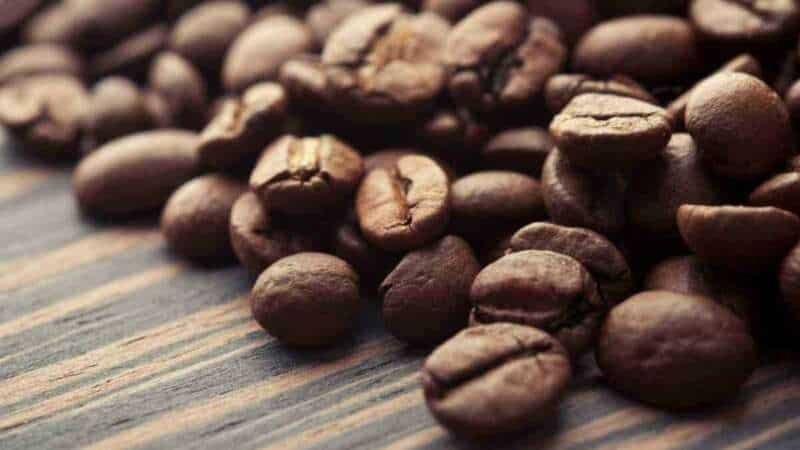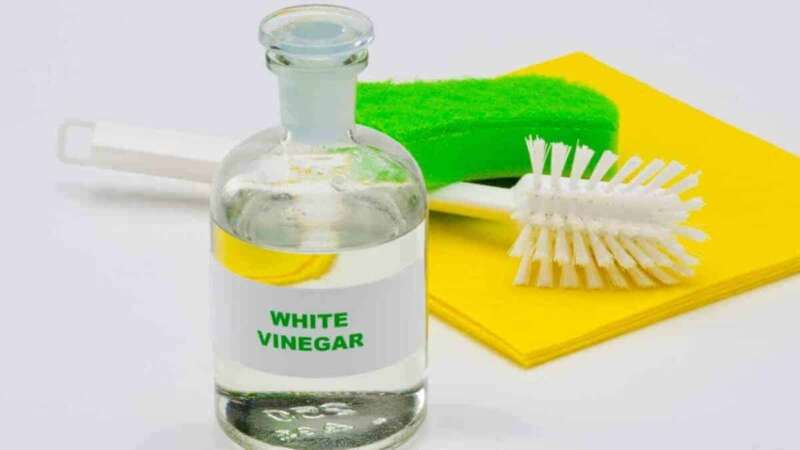If there’s one coffee brewing method that has a worse reputation than any other, its the humble percolator, but for every detractor complaining about burnt coffee, there’s a percolator proponent waiting in the wings with their perfectly perked coffee.
If percolators were really that bad, why would anyone use them?
Percolators don’t burn the coffee, people do. Unfortunately, percolators are designed in such a way that it’s easy to over-extract or burn coffee using a percolator since they have no in-built temperature regulation or timing mechanism to stop the brewing process once your coffee is ready. This often results in burnt or over-extracted coffee.
In this article, we’ll explore the reasons coffee from a percolator might taste burnt or over-extracted and go over some simple methods you can use to create perfect, non-burnt coffee from your percolator every time.
Why Does Coffee from a Percolator Taste Burnt?
Coffee from a percolator may taste burnt because of overroasted beans, over-extracted coffee, or burnt coffee. Burnt or over-extracted coffee is usually caused by leaving the percolator on the stove for too long.
Let’s take a look at each of these possibilities in a bit more detail so we can learn how to avoid them in the future.

1. Overroasted Beans
Depending on which beans you’re using, the problem might not be your percolator at all. Coffee beans generally get darker the longer they are roasted.
More thoroughly roasted beans are sometimes called a dark roast, and tend to be more bitter and less acidic than lighter roasts, similar to burnt coffee.
Many coffee drinkers don’t like the dominant bitter taste of dark roasts, and this may be the reason your coffee tastes burnt, even if you don’t feel like you’re overcooking it in your percolator.
If you grind your own beans, you may also want to increase the size of the ground size, since this slows the brewing process. Check out my guide to grinding your own coffee beans for more info.
2. Your Percolator is Too Hot
Most percolators don’t have an easy way to regulate temperature. Once your percolator is on the stove, the water usually reaches boiling point before percolating through the beans.
The Specialty Coffee Association of America has conducted thorough research into the perfect temperature for brewing coffee and published what they consider to be the perfect coffee standard, which recommends a temperature of 195-205°F (90-96°C).
The problem with percolators is that since the water in the bottom chamber is constantly being heated by the stove, the water is often boiling or close to boiling, resulting in bitter-tasting burnt coffee.
3. Percolators Brew Continuously
Percolators can create a perfectly good coffee, but they are primarily designed for utility and ease of use.
As such, most percolators are designed to be able to be left on the stovetop, even after the coffee has brewed.
The water in a percolator is continually cycled through the beans, which makes it very easy to accidentally over-extract your coffee. Since most percolators are mechanical and lack any kind of electronics or timers, there’s no easy way to know when your coffee is ready.
When percolators continuously cycle the water through the beans, it results in too many of the water-soluble flavors being dissolved into your coffee.
How To Avoid Burning Your Percolator Coffee
Although it’s easy to accidentally create burnt-tasting coffee with a percolator, there are a few simple steps you can take to mitigate the flaws in percolator design and ensure you get a well-balanced coffee every time.
1. Try a Different Roast
If you’re definitely not overcooking your coffee, but it still tastes burnt, it might be the beans themselves that are causing the problem.
There are around 100 different species of coffee, and each bean can be roasted for varying durations to bring out different flavors.
Not every roast is the same, and it might be that you’re using a roast that naturally contains more bitter tones, similar to burnt coffee.
If your percolated coffee tastes burnt, try a lighter roast or a different bean to find one that’s less bitter.

2. Turn Down the Heat
Percolators work by letting the stove heat up the water in the bottom chamber until it’s boiling.
To get the ideal brew, you want your water to be at around 200°F (93°C), which is quite a bit below boiling.
Once the water in your percolator is boiling, turn the heat down to prevent your coffee from burning.
The American National Coffee Association recommends bringing the water to a boil and immediately turning off the heat to prevent over-boiling.
3. Stop the Brewing Process Sooner
One problem that’s common in many percolator designs is the coffee continues to brew even once the stove has been turned off, usually because the percolator has a metal hotplate on the bottom that retains heat.
The best solution depends on your specific percolator design. Empty the lower chamber of water, remove the top chamber, or pour your coffee straight away to prevent the beans from being over-extracted once you turn off the stove.
4. Clean Out Your Percolator
Although many coffee aficionados espouse the benefits of a well-seasoned coffee pot, this does not extend to used beans.
If you leave used beans in your percolator from the previous brew, these beans are essentially getting double or triple extracted. All the sweetness is already gone and these used-up beans will make your brew taste bitter and burnt.
Why is Coffee From A Percolator So Hot?
Percolated coffee is so hot because percolators don’t have any method to regulate the heat of the water. Unlike other coffee machines, percolators are designed to sit on the stove until the water boils, resulting in water that’s almost boiling as it passes through the beans.
If you find the hot water from your percolator is burning your coffee, you may want to try a pour-over style coffee maker instead. Most modern coffee makers have thermostats and timers to help alleviate this issue.
How To Clean a Burnt Percolator
If you leave your percolator on the stove for too long, you’ll be greeted by the horrible smell of burnt coffee and a ruined coffee pot.
This happens when all the water boils away, leaving the residue from your brewed coffee stuck to the bottom and sides of the lower chamber.
This type of burnt coffee is difficult to remove and can negatively impact the taste of future brews, but it can be removed using common household materials.
The easiest way to clean your burnt percolator is to fill it with vinegar and let it rest for a few hours. Vinegar is well-known for its cleaning properties and will soften the burnt coffee enough that it can be removed with a soft cloth. For any stubborn spots, use a little baking soda mixed with water to scrub the scorched coffee away.

Avoid using bleach or other harsh chemicals on the inside of your coffee maker.
If you live in an area with hard water, you’ll need to do this every six months or so anyway to descale your coffee maker. Check out my guide to de-scaling your coffee maker with vinegar for more info.
Conclusion
Percolators themselves don’t create burnt-tasting coffee, but since most percolators don’t have an easy way to regulate the temperature, it’s very easy to burn or over-extract your coffee if you don’t know what you’re doing.
Since percolators recycle the same water continuously, it’s also easy to end up with double-brewed coffee that tastes too bitter.
To help reduce incidences of burnt coffee from your percolator, try the following:
- Reduce the temperature once the water is boiling
- Stop the brewing process as soon as your coffee is ready
- Use a lighter roast to minimize the bitterness
- Clean out your percolator to remove any bitter residue